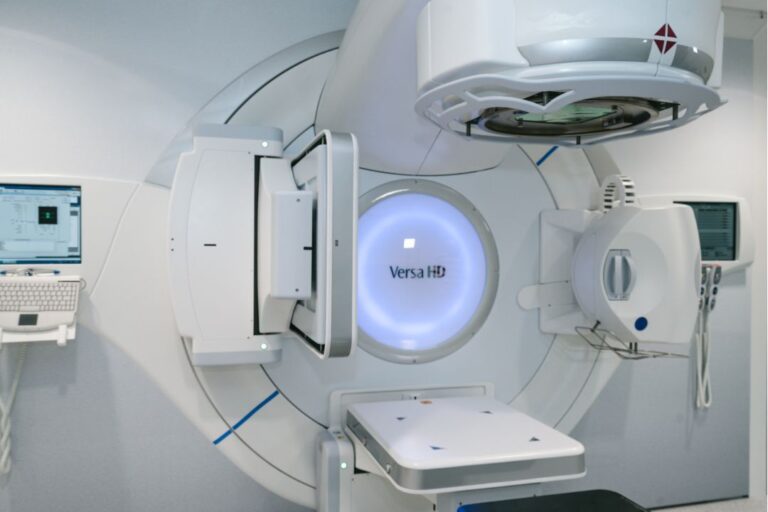A Book on Consignment Inventory System for Hospitals 2025
Introduction
A Book On Consignment Inventory System For Hospitals is like having a safety net for your stockroom. It’s a setup where suppliers retain ownership of the inventory until it’s used or sold. Hospitals only pay for what they use, which is a game-changer in managing medical supplies. Imagine never running out of critical items while avoiding the financial strain of overstocking.
Why A Book On Consignment Inventory System For Hospitals
A Book On Consignment Inventory System For Hospitals are under constant pressure to deliver exceptional patient care while managing tight budgets. A consignment inventory system addresses this by reducing upfront costs and ensuring critical supplies are always available. It’s like having a well-stocked pantry that doesn’t cost you a dime until you start cooking.
How A Book On Consignment Inventory System For Hospitals Works
The concept is straightforward: A Book On Consignment Inventory System For Hospitals suppliers place their products in the hospital’s storage facilities, and the hospital only pays for items as they’re consumed. This eliminates the need for hospitals to invest heavily in inventory upfront, freeing up resources for other priorities.
Key Components of a Hospital Consignment Inventory System
Supplier Agreements: Establish clear terms for stock ownership and payment timelines.
Stock Management Software: Leverage technology to track inventory levels in real time.
Replenishment Protocols: Ensure a seamless process for restocking used items.
Streamlined Inventory Management
Think of A Book On Consignment Inventory System For Hospitals as decluttering your home. With fewer items to manage financially, hospitals can focus on maintaining optimal stock levels without overloading storage spaces. This system reduces waste and ensures that expired or unused items are minimized.
Cost Savings for Hospitals
Budgets are tight, and every penny counts. By adopting A Book On Consignment Inventory System For Hospitals can significantly cut down on capital expenditures. The funds saved can be redirected to improving patient care or upgrading medical equipment.
Improved Patient Care Through Efficiency
Time is critical in healthcare. With A Book On Consignment Inventory System For Hospitals, medical staff can access essential supplies quickly, reducing delays in treatment. This efficiency translates directly into better patient outcomes.
Common Issues in Implementing Consignment Inventory Systems
Transitioning to a consignment system isn’t without its hiccups. Resistance from staff, integration challenges with existing systems, and supplier negotiations can pose hurdles. But every problem has a solution.
Overcoming Resistance to Change
Change is hard, but communication is key. Educating staff about the benefits and addressing their concerns head-on can smooth the transition. Think of it as convincing a friend to try a new recipe – show them the results, and they’ll be on board.
Leveraging Technology to Simplify Processes
Modern inventory management software can automate most of the heavy lifting, from tracking stock levels to generating reports. It’s like having a personal assistant that never sleeps.
Steps to Set Up a Consignment Inventory System in a Hospital
Assess Needs: Identify which supplies are best suited for consignment.
Partner with Reliable Suppliers: Choose vendors who understand your hospital’s unique requirements.
Implement Inventory Software: Ensure seamless tracking and reporting.
Monitor and Optimize: Regularly review the system for improvements.
Training Staff for Effective Utilization
The effectiveness of a system depends on how well the users operate it. Invest in training programs to ensure that everyone understands how to use the consignment system effectively. Think of it as teaching a team to play a new game – practice makes perfect.
Real-World Examples of Success
Hospitals that have adopted A Book On Consignment Inventory System For Hospitals report significant cost savings and improved operational efficiency. One hospital reduced inventory costs by 30% within the first year of implementation, proving that the system works.
Lessons Learned from Early Adopters
Early adopters emphasize the importance of clear communication with suppliers and continuous staff training. These lessons are invaluable for hospitals considering this approach.
Emerging Trends in Hospital Inventory Management
The healthcare industry is constantly evolving, and inventory systems are no exception. From predictive analytics to blockchain for supply chain transparency, the future is bright for consignment systems.
Role of AI and Automation in Consignment Systems
Imagine a system that predicts stock needs before they arise. AI and automation are making this a reality, ensuring that hospitals are always prepared for the unexpected.
Why a Consignment Inventory System Is the Future of Hospitals
In a world where efficiency and cost-effectiveness are paramount, consignment inventory systems offer a sustainable solution. They reduce financial strain, improve patient care, and pave the way for a more organized healthcare system.
FAQs
What types of supplies are best suited for consignment inventory?
High-value, frequently used items like surgical instruments and implants are ideal for consignment.
How does consignment inventory reduce waste?
By only paying for what’s used, hospitals avoid overstocking and the associated waste of expired items.
Can small hospitals benefit from consignment systems?
Absolutely! The cost savings and efficiency improvements are beneficial regardless of hospital size.
What role does technology play in consignment inventory?
Technology streamlines tracking, reporting, and replenishment, making the system efficient and reliable.
Are there any risks associated with consignment inventory?
While the system reduces financial risks, clear agreements with suppliers are crucial to avoid misunderstandings.







